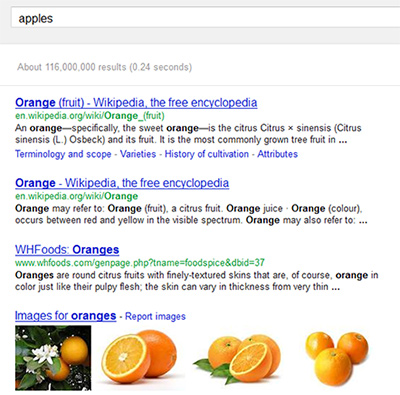The bounce rate of your website is potentially one of the most valuable pieces of information that you can take from website analytics, especially when spending a sizable budget on search engine optimisation (SEO) and pay per click (PPC) marketing.
Overall the website analytics provide vital information in relation to your websites usage, number of visitors to your site, page views, visitor clicks, countries visitors are from, how the visitors got to your page, the list goes on.
The task of studying the website analytics can also provide some confusing reading to most.
While examining the website statistics, you may have noticed a bounce rate (as a percentage of all visits) to pages on a website. Firstly what is a bounce rate and why should you care about this statistic? Secondly how can you reduce the bounce rate and increase time spent on the website?
What is a bounce rate and why should you care?
To answer why you should care about the bounce rate, first we must answer what it is. In simple terms, it is whether users bounce onto your site and off again (without visiting any other pages), spending none or a very little amount of time reading or interacting with your website’s content.
The bounce rate (without visiting any other pages), is difference to the exit rate. Some seem to use the terms interchangeably, however to clear up any confusion the exit rate refers to users who have previously visited other pages and then leave the website.
So why should you care, does this percentage actually matter? Yes, it matters a great deal (especially in the post penguin era). It signals to Google that the users needs were not met by your website, this matters to your visitors and to your crucial SERP (Search Engine Ranking Position). It signals and provides Google with two vital pieces of information, the ‘relevancy of search query’ and ‘quality of content’.
Relevancy of search query
When you appear in the results for a search term, for instance “Best Nike Football Boots”, if a user clicks through to your site and what they see is an article regarding something unrelated, they simply click their back button.
What does this mean to Google? Well firstly Google presented its search results of which they deemed relevant, a user clicked a link, then clicked back (Google knows they are back), hence the content was not of relevance or interest. The user then clicks more results (below yours) and spends 10 minutes reading a page, before Google detects they are back searching again. If this is repeated multiple times by multiple searchers, which website will start to be deemed more relevant?
Quality of content as time spent on site
If the bounce rate for your page is high or time on page low, it indicates two possibilities. Low quality content or non relevant article to the search query, this being the case ensure that the page is targeting the correct audience for its relevance.
If the bounce rate is high from multiple search queries, it then leaves low quality content as the biggest contender, indicating that the query may be relevant, but the content of the page is not worth reading. This being the case, you are seriously risking the integrity of your online brand, potentially creating negative brand equity in that consumers may associate your website with a waste of their time.
So if your bounce rate is high, it it matters to you from the perspective of consumers, SERP, future visits, ultimately brand equity.
How can I increase my time on site and decrease my bounce rate?
Brands need to ensure that their first impression reels in the user to engage with their content, as high time on site and low bounce rate, will provide increased Google authority and in turn, SERP for terms relating to your niche.
This is because Goggles main purpose (as a search engine) is to provide users with pages that are relevant, if users click your website and consistently spend a significant amount of time browsing they have achieved their goal. The visitor is also indicating that they have found what they are looking for and satisfied with the website. The likelihood of their return to the website also increases.
In order to achieve this, firstly ensure that your website follows the basics (a user friendly design). No matter how good the content and relevance, if the user can’t read or find it then it doesn’t matter. This includes ensuring that the website is both simple and clean, having a clear navigation and the content is immediately obvious to the user while the website layout is also responsive to the device being used.
Once the basics have been satisfied, your content must be relevant and of the highest quality, something of value that your users will want to read it. It must be informative and insightful about a topic, while also ensuring that it is relevant and consistent with your site, brand and other articles. If your site is about Apples ensure that you stick to them (don’t talk about Oranges).
Getting this mix correct, greatly increases the likelihood of user participation in terms of discussion and social mentions. Remember that if you are an authority site in your field, others will want to associate themselves with you, building authority for themselves. This results in increased non Google traffic and more users visiting (not bouncing) and reading your pages (increased time on site).
In conclusion, post penguin, content quality is of vital importance to your search engine strategy and to ensure brand consistency, should be at the heart of your brand communication strategy.










